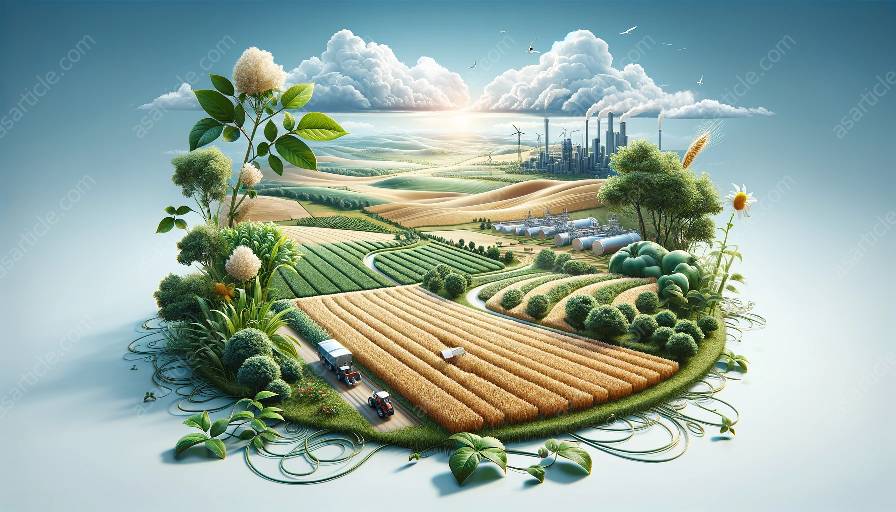Controlled-release fertilizers technology has become a transformative force in the agricultural industry, offering innovative solutions to enhance crop productivity and sustainability. This technology is a groundbreaking advancement that is compatible with both fertilizer technology and agricultural sciences, shaping the future of farming practices and environmental stewardship.
The Evolution of Fertilizer Technology
Fertilizers have played a pivotal role in modern agriculture by providing essential nutrients to crops for optimal growth and yield. Traditional fertilizers, while effective, often result in nutrient loss through leaching, volatilization, and runoff, which can have detrimental impacts on the environment and economic efficiency. As a response to these challenges, controlled-release fertilizers technology has emerged as a game-changing innovation that addresses these issues through its advanced release mechanisms and enhanced nutrient efficiency.
Understanding Controlled-Release Fertilizers Technology
Controlled-release fertilizers are designed to deliver nutrients to crops in a gradual and controlled manner, minimizing nutrient losses and maximizing uptake by plants. These fertilizers utilize various technologies, such as polymer coatings, encapsulation, and molecular sieves, to regulate the release of nutrients based on environmental factors, including temperature, moisture, and microbial activity. By strategically releasing nutrients over an extended period, controlled-release fertilizers contribute to improved nutrient management, reduced environmental impact, and enhanced crop performance.
Benefits of Controlled-Release Fertilizers Technology
The adoption of controlled-release fertilizers technology offers numerous benefits that align with the goals of modern agriculture and sustainable farming practices. Some of the key advantages include:
- Enhanced Nutrient Use Efficiency: Controlled-release fertilizers minimize nutrient wastage by delivering nutrients to plants in a targeted and sustained manner, optimizing their uptake and utilization.
- Environmental Sustainability: By reducing nutrient losses and minimizing environmental contamination, controlled-release fertilizers contribute to sustainable farming practices and environmental conservation.
- Improved Crop Performance: The controlled release of nutrients supports consistent and prolonged nutrition for crops, leading to enhanced growth, yield, and quality of agricultural produce.
- Cost-Effectiveness: Through efficient nutrient delivery and reduced application frequency, controlled-release fertilizers can lead to cost savings for farmers in the long run.
Integration with Agricultural Sciences
Controlled-release fertilizers technology aligns seamlessly with agricultural sciences, forming a dynamic synergy that facilitates advancements in agronomy, soil science, and environmental stewardship. Agricultural scientists and researchers are continually engaging in innovative studies to further enhance the performance and environmental compatibility of controlled-release fertilizers, leading to new insights and practical applications in farming systems.
Innovative Features and Future Prospects
As the demand for sustainable and efficient agricultural practices continues to grow, the development of controlled-release fertilizers technology is poised to see significant advancements and diversification. Ongoing research and development efforts are focused on integrating smart nutrient delivery systems, precision agriculture technologies, and biodegradable materials to expand the capabilities and environmental benefits of controlled-release fertilizers. With the potential to revolutionize nutrient management and crop production, this technology is set to play a pivotal role in shaping the future of agriculture and global food security.
Conclusion
In conclusion, controlled-release fertilizers technology represents a groundbreaking approach towards optimizing nutrient management, environmental sustainability, and agricultural productivity. By harnessing the potential of this innovative technology, the agricultural industry can mitigate environmental impacts, improve resource efficiency, and meet the evolving demands of food production in a changing world. As controlled-release fertilizers continue to evolve and integrate with fertilizer technology and agricultural sciences, they stand as a testament to the power of innovation in driving positive change for farmers, consumers, and the planet.

